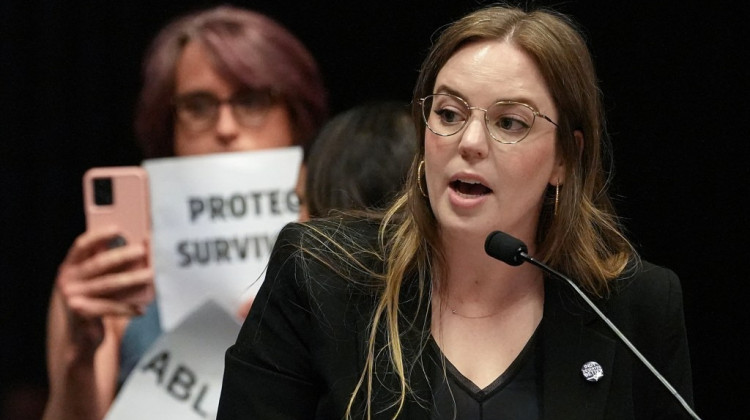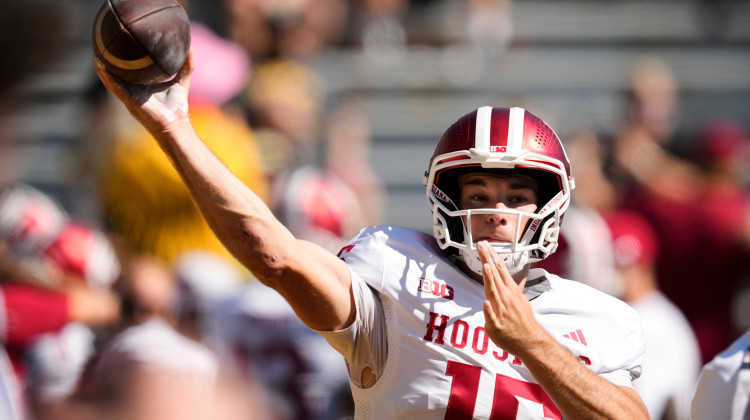
James Taylor, CEO of the John Boner Neighborhood Centers, speaks Thursday, May 19, 2016 at a press conference in the Ash and Elm Cider Co. on Washington Street.
INDIANAPOLIS - It's been a year since Indy's Near East Side was designated as an urban "Promise Zone" by the Department of Housing and Urban Development, a federal designation meant to benefit high-poverty neighborhoods.
HUD regional administrator Antonio Riley says that $29 million more in federal grants are pending for the east side neighborhood.
"All of our collective efforts are about opportunity. It’s about empowerment to provide people the tools they need to create that opportunity in their own neighborhood," Riley said during a press conference Thursday.
As one of 13 such areas nationwide, the neighborhood gets extra help in applying for federal development aid.
So far, the designation has been used to secure a total of $9.6 million in grants from seven federal agencies, helping to create 110 new jobs, including 35 new full-time jobs at fire-supression company 360 Services and 40 jobs for ex-offenders at Recycling Force. It's also being used to develop a tutoring program for disadvantaged students, fund environmental cleanup and help low- and moderate-income families with IDAs - Individual Development Accounts. It also includes nearly $2 million for summer jobs for youth.
By the time it won designation last year, the east side had already built a powerful coalition of groups working to turn it around. James Taylor, the CEO of the John Boner Neighborhood Centers, led the effort to earn the federal promise zone designation. He says that since 2004, the neighborhood has attracted at least $180 million in investment from public and private sources. He said the "promise zone" designation has helped spur interest in new business development. That includes the soon-to-open Ash and Elm Cider Co., in a former thrift store on Washington Street, where Thursday's press conference was held.
"It’s really important that we reactivate the private marketplace in our community because ultimately that’s the kind of development that’s going to carry forward," he said. "There are limitations to what public resources or even philanthropic resources can do in a community."
It’s a neighborhood struggling to rebound from profound economic changes such as the loss of manufacturing jobs. Nearly half of its 17,100 residents live in poverty, and unemployment and high-school dropout rates far exceed the county average.
The boundaries of the zone stretch roughly from I-65 on the west to Sherman Drive on the east, stretching from 25th Street to just south of Washington Street. It also includes Martindale-Brightwood neighborhood.
 DONATE
DONATE








 Support WFYI. We can't do it without you.
Support WFYI. We can't do it without you.